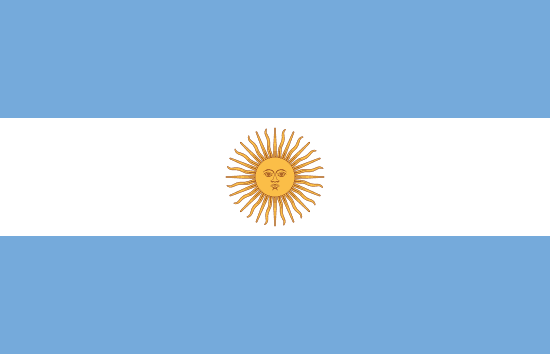"Buenos Aires, la ciudad de la furia | Buenos Aires, the city of fury"
About:
Buenos Aires, the capital of Argentina, was founded by Spanish colonizer Pedro de Mendoza in 1536. It was abandoned due to indigenous resistance, then re-established in 1580 by Juan de Garay. It grew as a trading port, becoming a major economic hub. In 1810, the city played a key role in the Argentine War of Independence. The 20th century saw rapid industrialization, population growth, and political upheaval. Today, Buenos Aires is a vibrant city known for its rich cultural life and architectural heritage.
When to visit:
Buenos Aires, the capital city of Argentina, experiences a temperate climate with distinct seasons. The ideal time to visit Buenos Aires for a holiday is during the spring or fall months, from September to November or March to May, when the weather is mild and pleasant. These seasons offer comfortable temperatures for sightseeing and exploring the city's rich cultural heritage. Additionally, visiting during these shoulder seasons can help avoid the crowds and high prices typically associated with the peak summer and winter months.
When to avoid:
The worst time to travel to Buenos Aires, Argentina on a holiday is during the summer months of December to February. This period experiences high temperatures and humidity, making outdoor activities uncomfortable for many travelers. Additionally, many locals go on vacation during this time, leading to crowded tourist attractions and higher prices for accommodations. It is advisable to avoid visiting Buenos Aires during this peak tourist season to ensure a more enjoyable and cost-effective travel experience.
"Winter (June–August)"
In Buenos Aires, winter spans from June to August, with July being the coldest month. Average temperatures range from 8°C to 15°C, with rare drops below freezing. Rainfall is moderate, averaging 56mm in July. Days are shorter with 6-7 hours of sunlight and frequent cloud cover. Visitors can expect chilly mornings and evenings, with milder afternoons. While snow is rare, occasional drizzles and overcast skies are common. Despite the cold, the city remains vibrant with indoor activities and events.
"Summer (December–February)"
In Buenos Aires, the warmest part of the year is from December to February, which is the summer season. The typical temperatures during this period range from 20°C (68°F) to 30°C (86°F). Rainfall is relatively high, with January being the wettest month, averaging around 100mm of precipitation. However, it's worth noting that the rain often comes in heavy but short bursts, rather than continuous drizzle.
Sunlight is abundant during the summer, with an average of 9 to 10 hours of bright sunshine each day. This makes it a great time for outdoor activities and sightseeing. Humidity can be quite high, often exceeding 70%, which can make the heat feel more intense.
Cloudiness varies, but generally, summer days are partly cloudy, with clear skies in the morning giving way to more clouds in the afternoon, often culminating in a brief thunderstorm.
For a visitor, a typical summer day in Buenos Aires would feel warm to hot, especially in the afternoon. The mornings are usually the best time for outdoor activities, as the weather is typically cooler and less humid. As the day progresses, the heat and humidity increase, potentially reaching uncomfortable levels. Despite this, the city has a lively atmosphere, with plenty of opportunities to cool off, such as visiting the city's many ice cream parlors or taking a dip in a pool.
Language:
In Buenos Aires, the most commonly spoken language is Spanish, as it is the official language of Argentina. However, due to its cosmopolitan nature, other languages such as English, Italian, French, and German can also be heard. There is also a significant presence of Yiddish speakers among the Jewish community.




